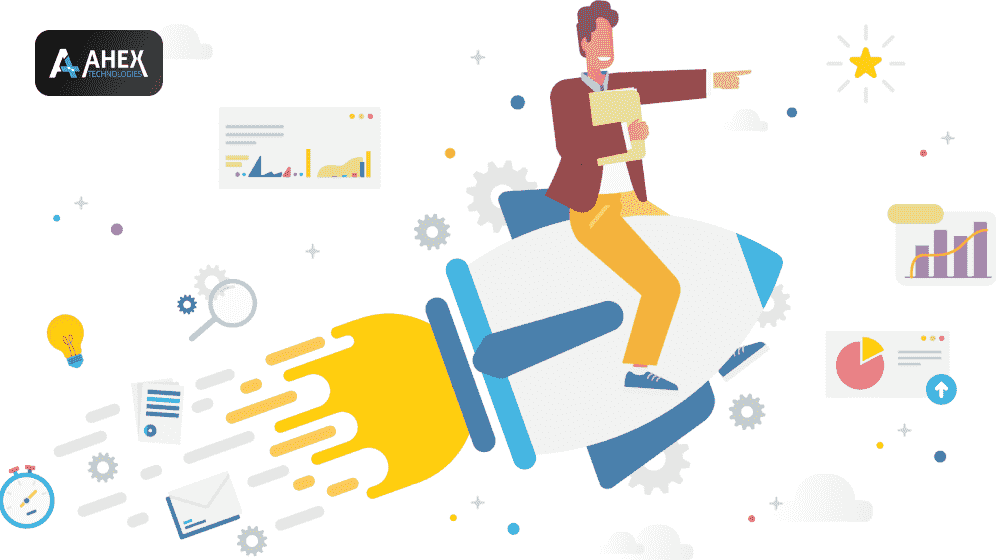
Web development is a complex and multi-stage process that involves careful planning, design, coding, testing, and deployment. Each stage plays a crucial role in creating a successful and functional website or web application. In this article, we will explore the various stages of web development and discuss the associated costs.
Table of Contents
- Introduction to Web Development Stages
- Stage 1: Planning and Requirement Analysis
- Stage 2: Web Design and User Experience (UX)
- Stage 3: Front-end and Back-end Development
- Stage 4: Testing and Quality Assurance (QA)
- Stage 5: Deployment and Launch
- Factors Affecting Web Development Costs
- Estimating Costs for Each Stage
- Importance of Investing in Quality Development
- Conclusion
Introduction to Web Development Stages
Web development involves a series of interconnected stages that collectively contribute to the creation of a functional and user-friendly website or application. From conceptualization to deployment, every stage requires careful attention and expertise.
Stage 1: Planning and Requirement Analysis
The planning stage is where the project’s objectives, scope, and requirements are defined. This involves understanding the target audience, identifying key features, and establishing a project timeline. A well-defined plan sets the foundation for a smooth development process.
Stage 2: Web Design and User Experience (UX)
Web design focuses on creating an appealing and intuitive user interface. Designers work on visual elements, layout, and navigation to ensure a positive user experience. User-centric design enhances engagement and drives conversions.
Stage 3: Front-end and Back-end Development
Front-end development involves coding the visual elements that users interact with. Back-end development deals with server-side logic, databases, and business logic. Collaborating front-end and back-end ensures seamless functionality.
Stage 4: Testing and Quality Assurance (QA)
Thorough testing is essential to identify and rectify bugs, errors, and usability issues. QA engineers perform functional, usability, compatibility, and performance testing to ensure the website/application meets quality standards.
Stage 5: Deployment and Launch
Once testing is complete, the website/application is deployed to a live server. This involves configuring servers, databases, and security measures. Launching the product to the public marks the culmination of the development process.
Factors Affecting Web Development Costs
Several factors influence the overall cost of web development:
- Complexity: The complexity of features and functionalities significantly impacts the cost.
- Design Requirements: Elaborate design and UX demands may increase costs.
- Technology Stack: The choice of programming languages, frameworks, and tools affects costs.
- Integration Needs: Integrating with external systems can add to development costs.
- Testing and QA: Rigorous testing and QA processes contribute to costs.
- Scalability: Planning for future scalability might increase initial costs.
- Timelines: Rushed projects may incur higher costs due to additional resources.
Estimating Costs for Each Stage
Costs for each stage can vary based on project requirements and complexity:
- Planning: This stage involves research and consultation. Costs depend on the extent of project analysis.
- Design: Design costs include wireframing, prototyping, and UI/UX design.
- Development: Front-end and back-end development costs are influenced by complexity.
- Testing and QA: QA costs depend on the extent of testing required.
- Deployment: Deployment costs include server setup, domain registration, and security measures.
Importance of Investing in Quality Development
While minimizing costs might be tempting, investing in quality development is crucial for long-term success. A poorly developed website/application can result in maintenance issues, security vulnerabilities, and negative user experiences. Quality development ensures functionality, security, and scalability.
Conclusion
Web development is a comprehensive process that involves planning, design, development, testing, and deployment. Each stage contributes to the creation of a successful online presence. Costs vary based on project requirements and complexity. Investing in quality development is essential to ensure a functional, secure, and user-friendly website or application. By understanding the stages and associated costs, businesses can make informed decisions and embark on a successful web development journey.







